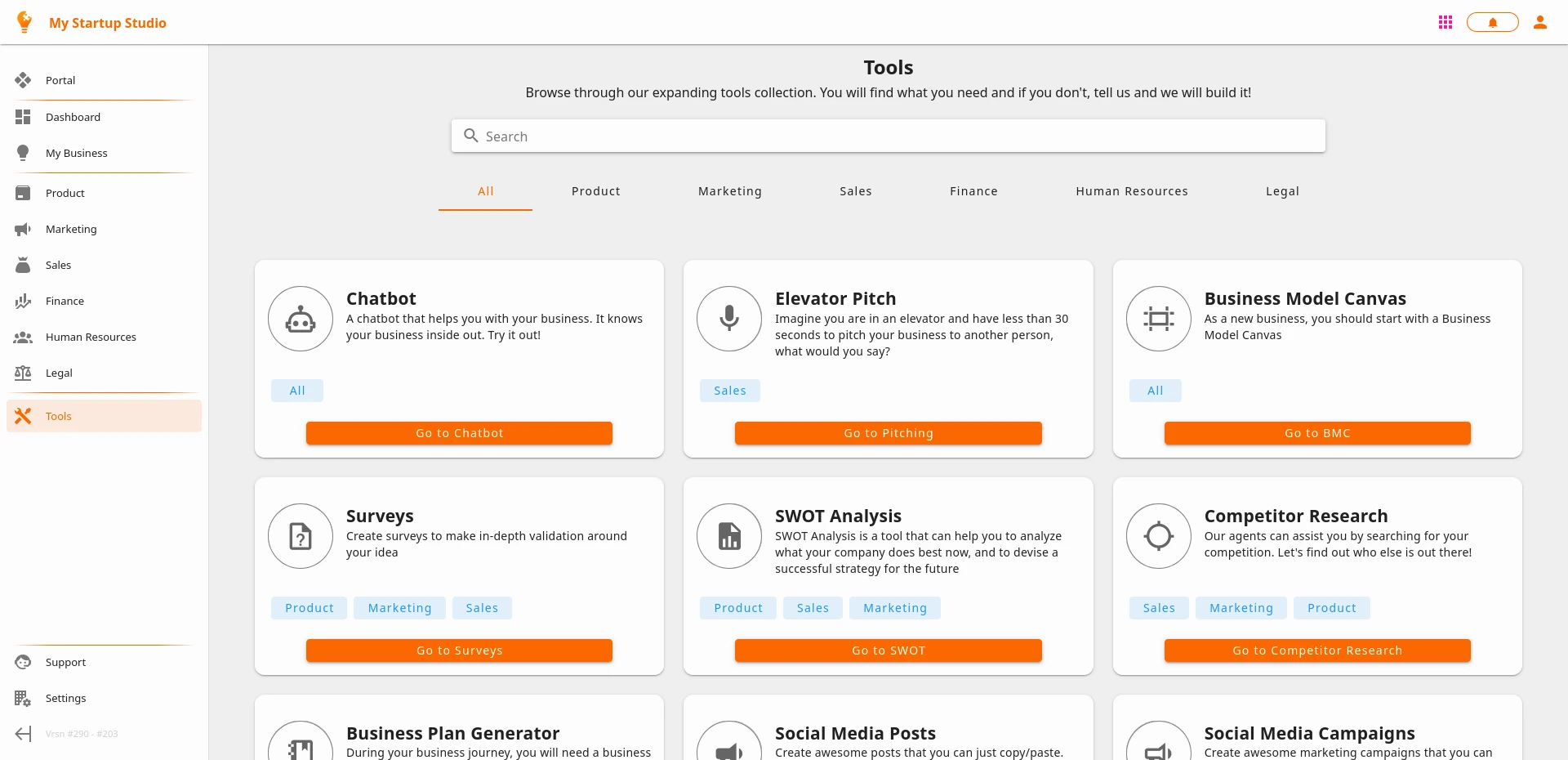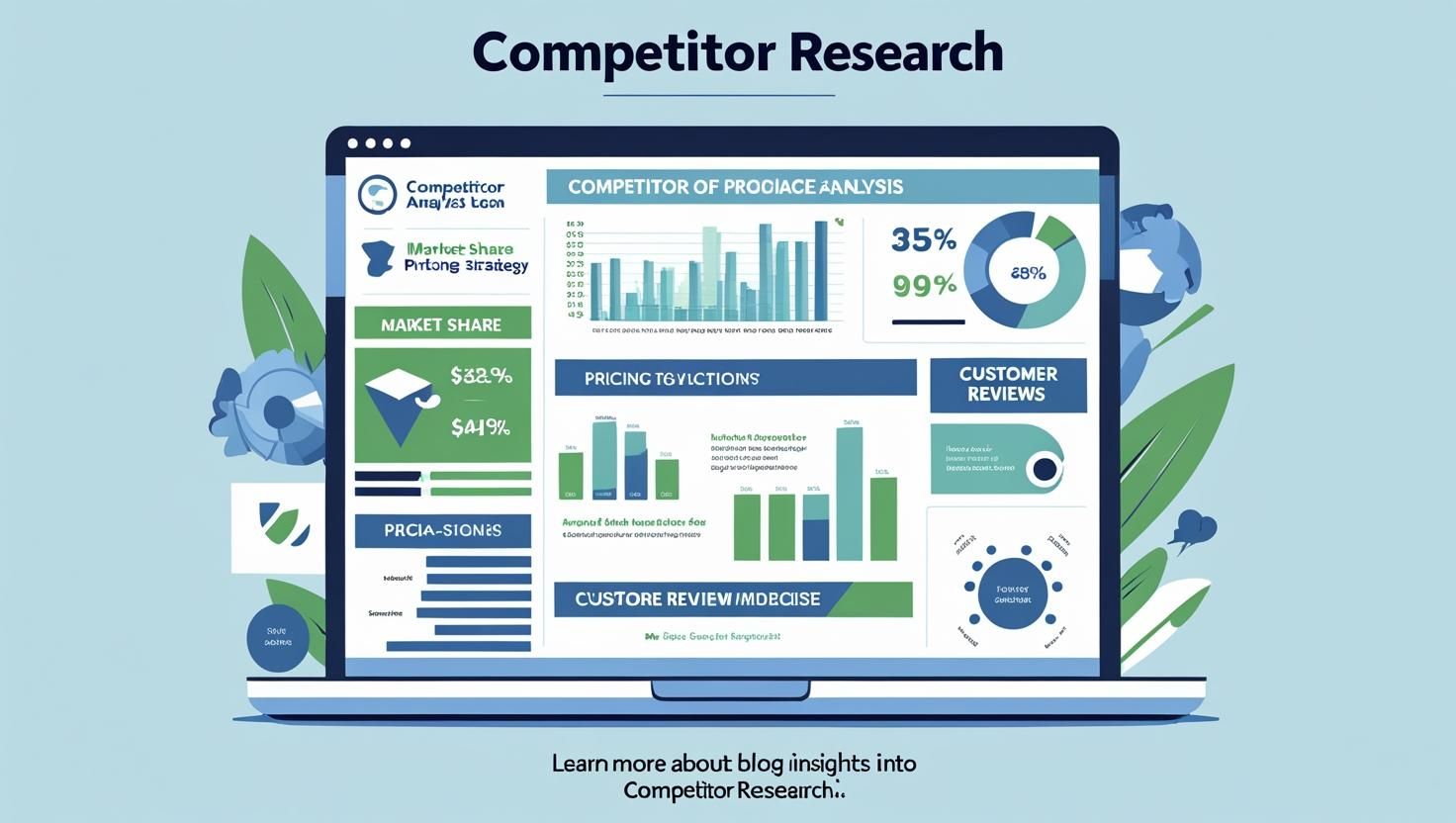1. Identify Your Competitors
Direct Competitors: These businesses offer similar products or services to the same target audience.
Indirect Competitors: They may offer different products but target your customer base, or sell similar products to a different audience.
How to find them:
- Search Google for your main product/service keywords.
- Use industry directories, review sites (like Trustpilot, G2, Capterra), and tools such as SimilarWeb or Crunchbase.
- Ask your customers who else they considered.
- Check industry conferences for presenting companies
2. Categorize and Prioritize Competitors
Categorize competitors into primary (direct), secondary (indirect), and tertiary (market to the same audience with different products).
Prioritize by market relevance, share, and customer overlap. Focus deeper analysis on your most relevant competitors (typically 3-5 key players)
3. Gather Data: Research Methods
Primary Research:
- Purchase and use competitors’ products/services.
- Interview customers or conduct surveys.
- Attend competitor events or webinars.
Secondary Research:
- Analyze competitor websites, product pages, and marketing materials.
- Review annual reports, press releases, and industry news.
- SEO tools (like SEMrush, Ahrefs) for web traffic, keyword, and backlink analysis
4. Analyze Key Areas
Create a spreadsheet or template to compare competitors on these dimensions:
- Product/Service Features: Compare offerings, quality, and unique selling points.
- Pricing: Document price points, discounts, and value propositions.
- Marketing and Positioning: Review messaging, branding, and target audiences.
- Customer Experience: Assess support channels, reviews, and reputation.
- Financial Performance: Where available, look at revenue, growth rates, and profitability.
- SEO and Digital Presence: Examine organic traffic, top-performing content, and keyword strategies
Boost your productivity. Start using our app today.
Save valuable time while learning everything you need

5. Identify Strengths, Weaknesses, and Opportunities
Conduct a SWOT analysis for each competitor:
- Strengths: What are they doing well? (e.g., strong brand, superior product)
- Weaknesses: Where do they fall short? (e.g., poor customer service, limited features)
- Opportunities: Are there market gaps or underserved segments?
- Threats: What risks do their strategies pose to your business?
6. Apply Insights to Your Strategy
Use your findings to refine your value proposition, improve products, and adjust marketing tactics.
Identify content gaps or underserved customer needs to differentiate your brand.
Track competitor moves regularly to stay proactive, not reactive




